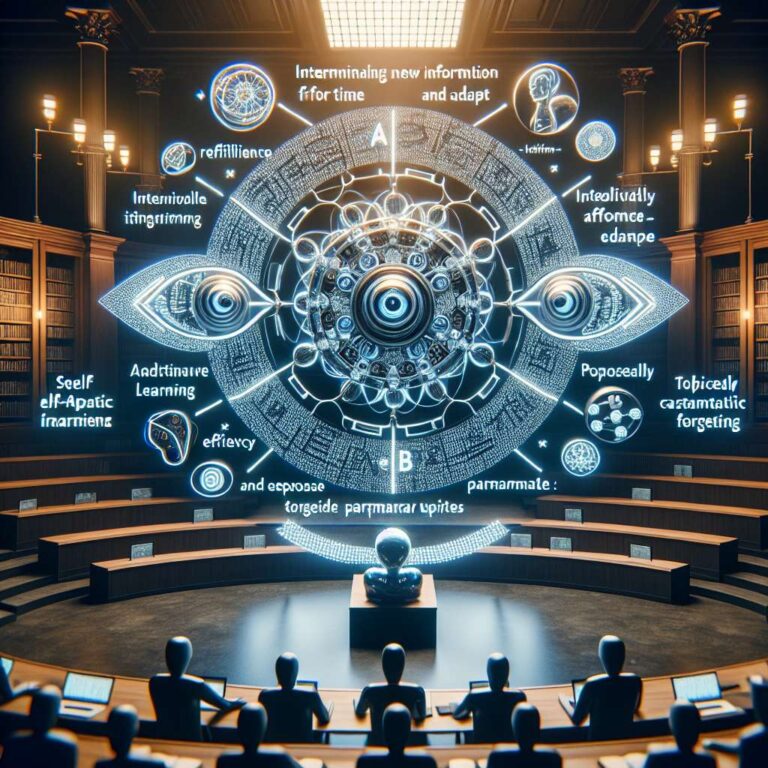Large language models deployed today cannot permanently learn from new information the way humans do. The article explains that once a model’s training is complete its internal weights remain static, so information provided during a conversation does not persist across sessions. Although models perform well at in-context learning, where they use examples within a single interaction to guide responses, that knowledge disappears when the session ends.
Researchers at MIT introduced a framework called SEAL for “self-adapting LLMs” that aims to teach models how to update their own weights using synthetic training data. The model rewrites incoming information into multiple self-edits, akin to a student creating study sheets, and then evaluates each self-edit by quizzing itself on downstream tasks. Using a reinforcement learning approach, the model rewards the self-edits that produce the largest performance gains and then applies the best edit to its weights so the knowledge is internalized.
In experiments the SEAL method improved accuracy on question-answering tasks by nearly 15 percent and boosted success rates on some skill-learning tasks by more than 50 percent, with a small model outperforming much larger models on certain benchmarks. The authors note a key limitation: catastrophic forgetting, where adapting to new information can erode prior knowledge. The team plans further work to mitigate forgetting and to explore multi-agent settings in which models teach each other. The research was led by MIT students and faculty and will be presented at the Conference on Neural Information Processing Systems, with support from several funding agencies including the U.S. Army Research Office and the U.S. Air Force AI Accelerator.

